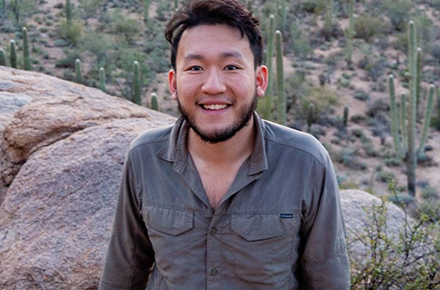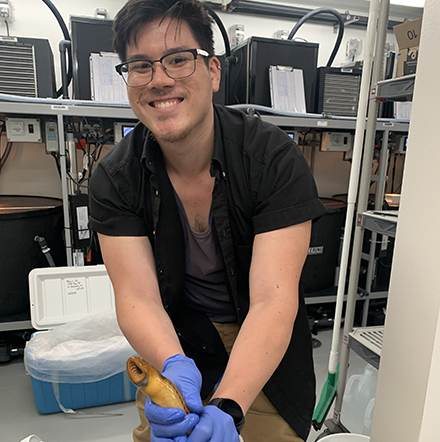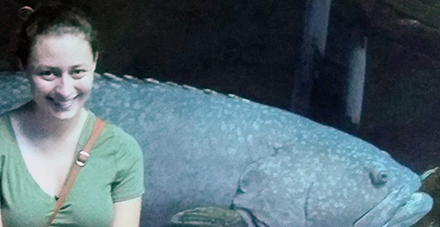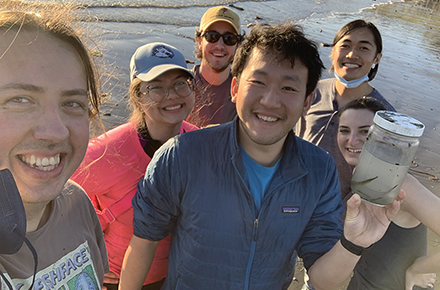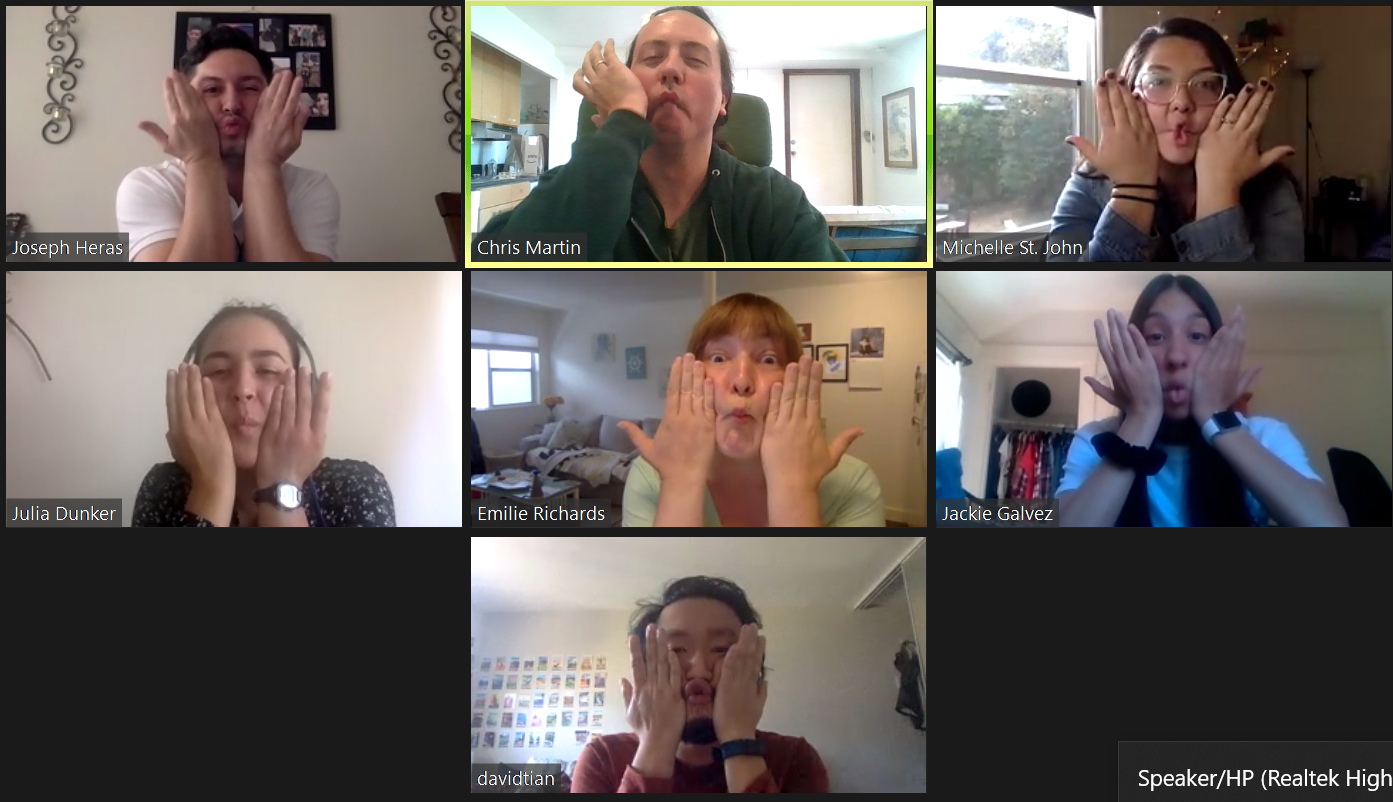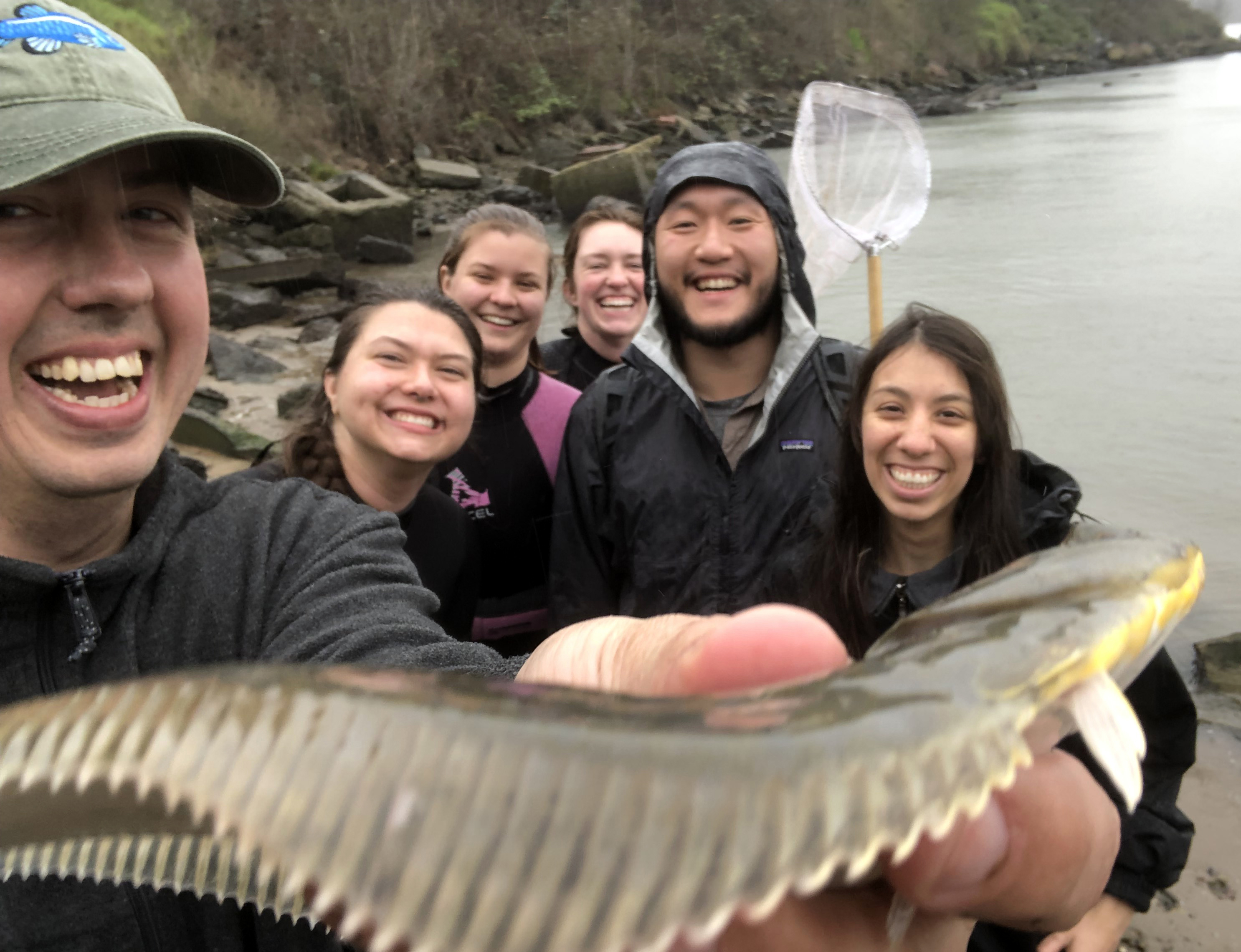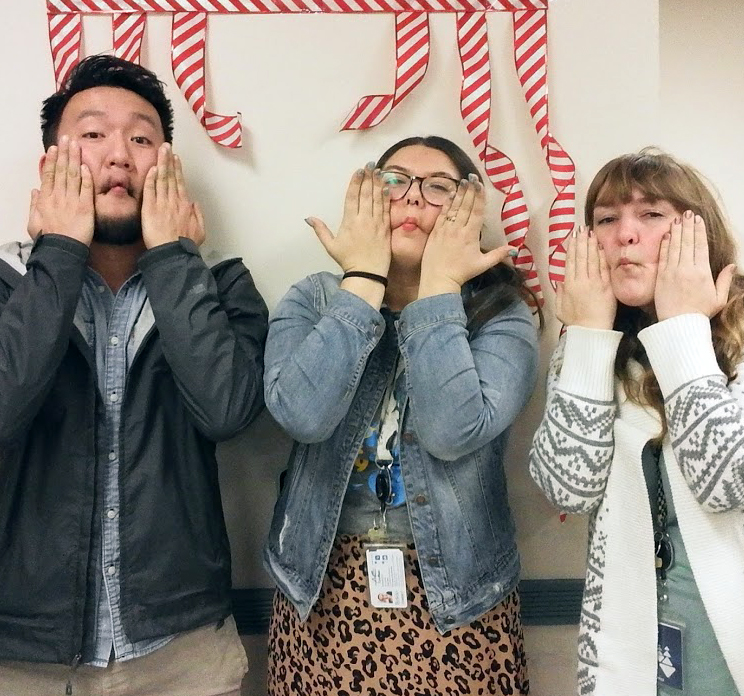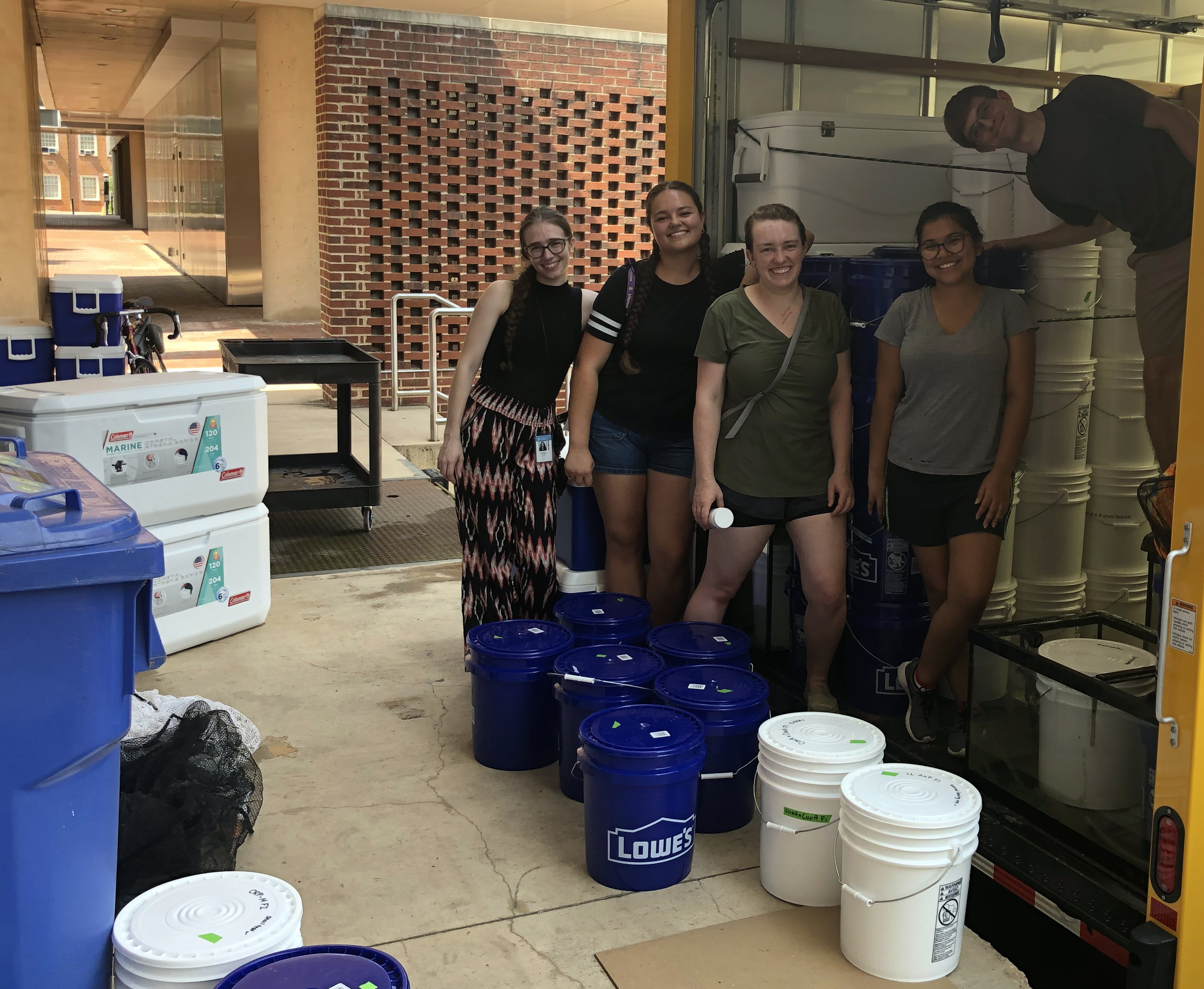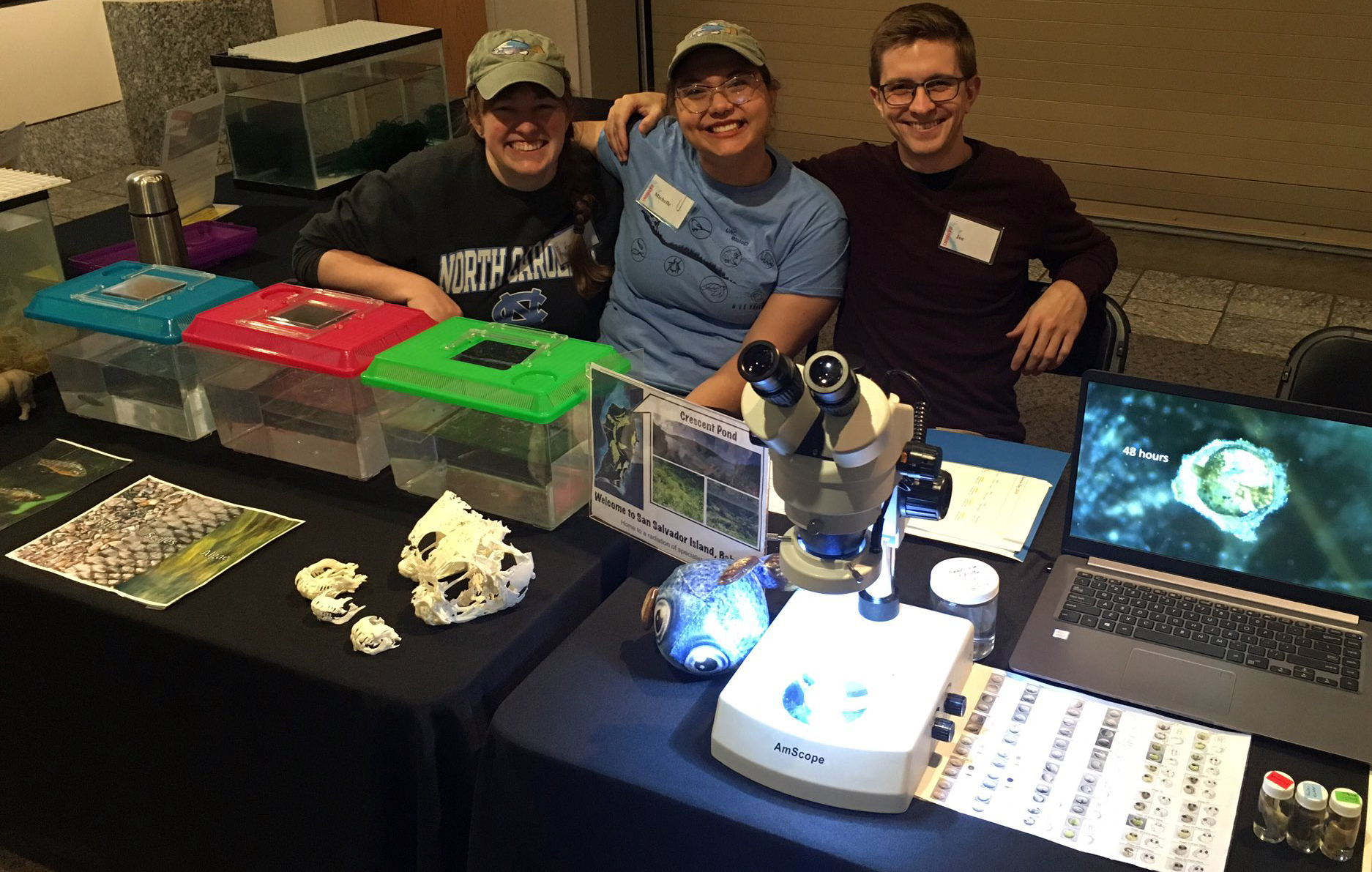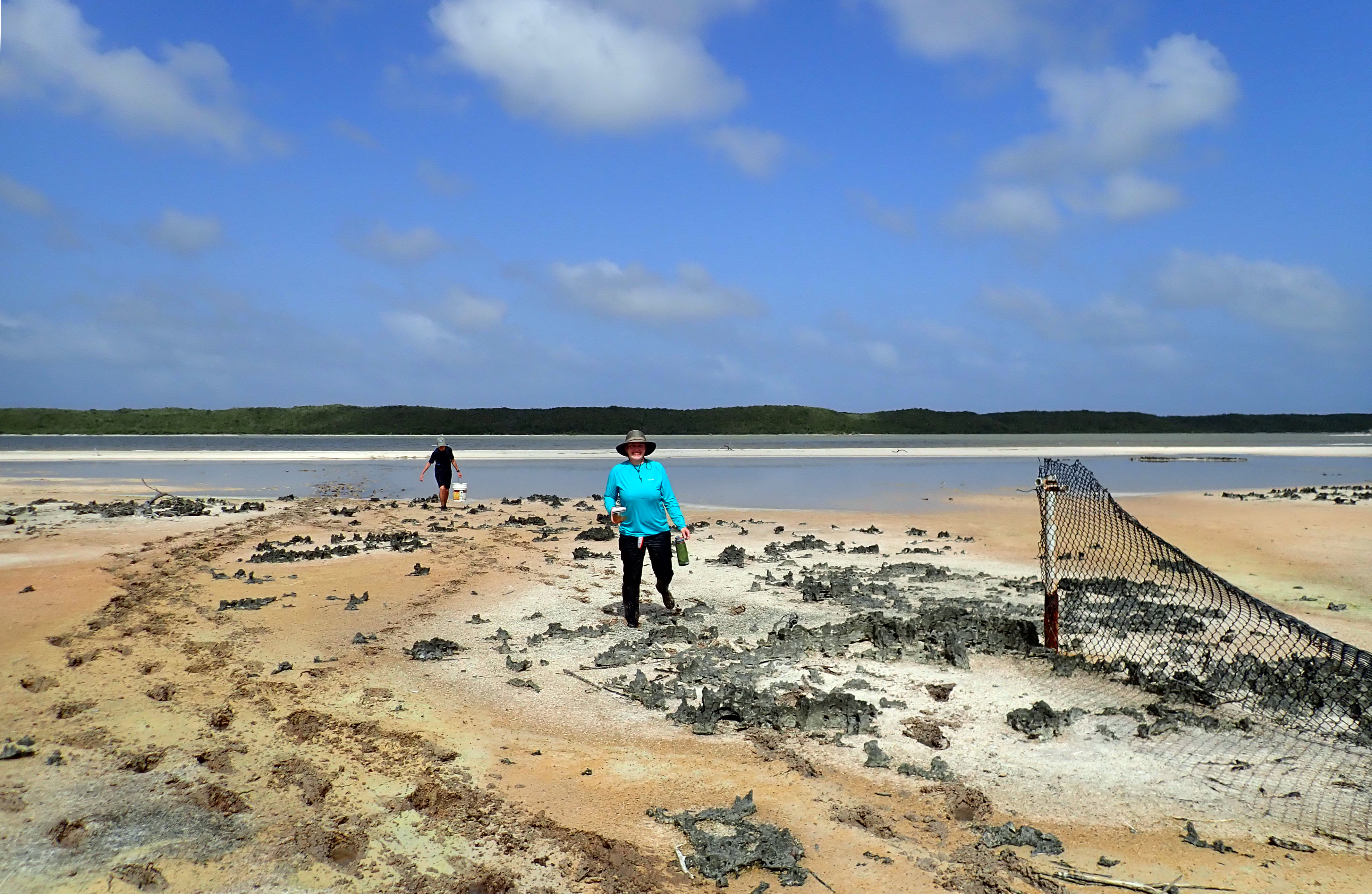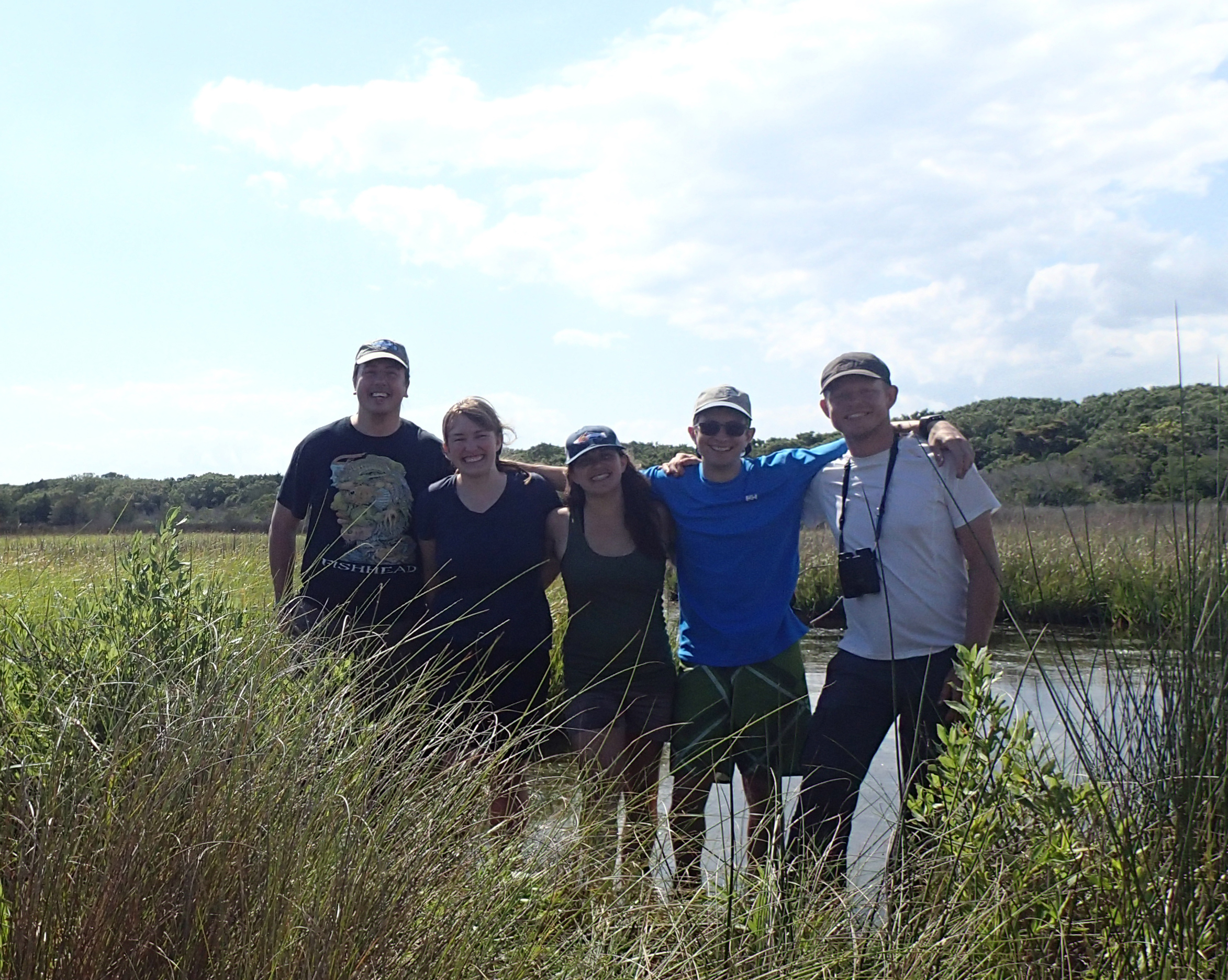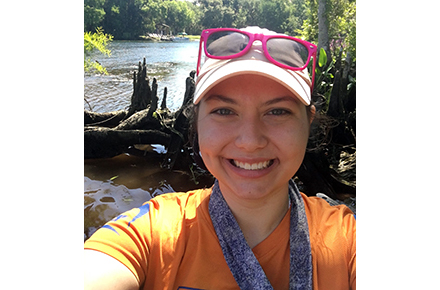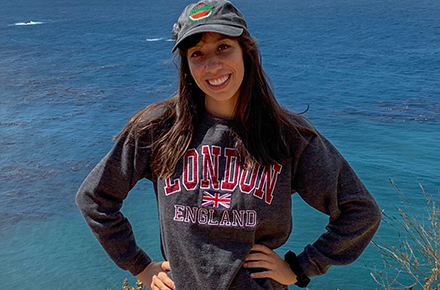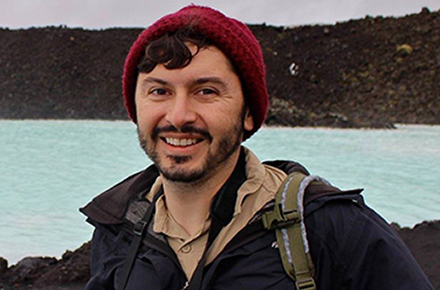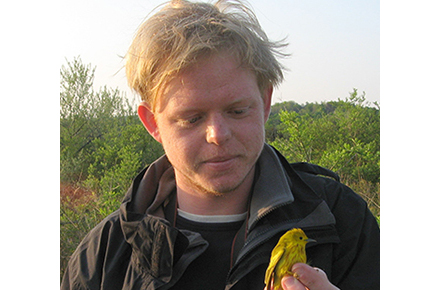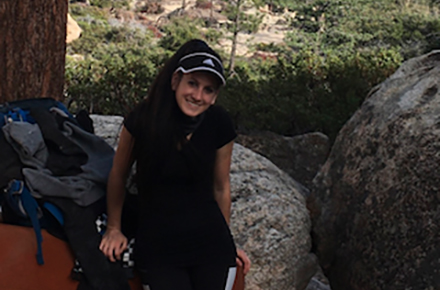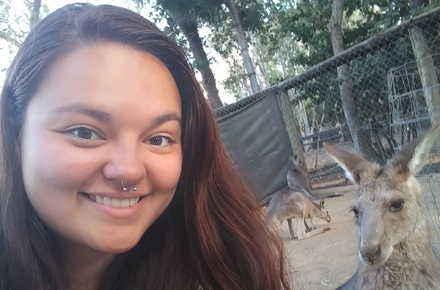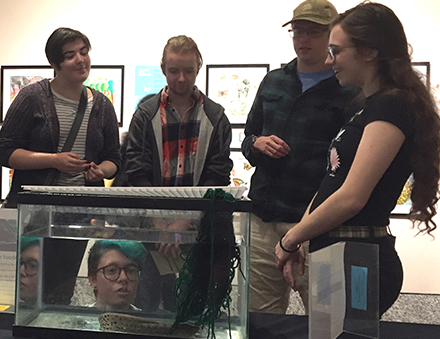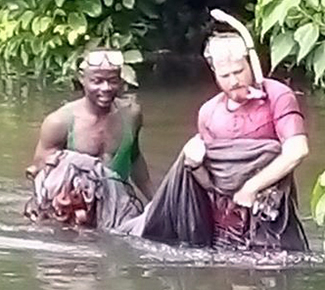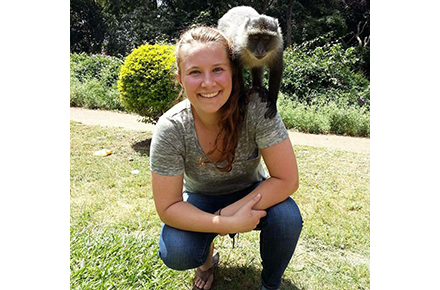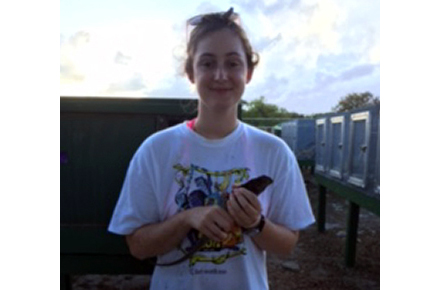Publications
Google scholar profile
*Graduate students, †Postdoctoral scholars, •Undergraduate students
Richards EJ*, Martin CH. 2021. We get by with a little help from our friends: Diversity begets diversity through shared adaptive genetic variation. preprint
Patton AH†, Richards EJ*, Gould KJ, Buie LK, Martin CH. 2021. The first genotypic fitness network in a vertebrate reveals that hybridization increases access to novel fitness peaks. preprint
St. John ME*, Richards EJ*, Dunker JC•, Romero S•, Martin CH. 2021. Parallel genetic changes underlie integrated craniofacial traits in an adaptive radiation of trophic specialist pupfishes. preprint
Heras J†, Martin CH. 2021. Nonadaptive radiation of the gut microbiome in an adaptive radiation of Cyprinodon pupfishes with minor shifts for scale-eating. preprint
Richards EJ*, McGirr JA*, Jeremy Wang J, St John ME*, Poelstra JW†, Solano MJ•, O'Connell DC•, Turner BJ, Martin CH. 2021. A vertebrate adaptive radiation is assembled from an ancient and disjunct spatiotemporal landscape.
Proceedings of the National Academy of Sciences pdf
supplement
McGirr JA*, Martin CH. 2021. Few fixed variants between trophic specialist pupfish species reveal candidate cis-regulatory alleles underlying rapid craniofacial divergence. Molecular Biology and Evolution 38:405-423. pdf
Higham TE, Ferry LA, Schmitz L, Irschick DJ, Starko S, Anderson PSL, Bergmann PJ, Jamniczky HA, Monteiro LR, Navon D, Messier J, Carrington E, Farina SC, Feilich KL, Hernandez LP, Johnson MA, Kawano SM, Law CJ, Longo SJ, Martin CH, Martone PT, Rico-Guevara A, Santana SE, Niklas KJ. 2021. Linking ecomechanical models and functional traits to understand phenotypic diversity. Trends in Ecology and Evolution. In press. pdf
Perevolotsky T, Martin CH, Rivlin A, Holzman R. 2020. Work that body: fin and body movements determine herbivore feeding behavior in a natural reef environment. Proceedings of the Royal Society B 287:20201903. pdf
Olsson KH, Martin CH, Holzman R. 2020. Hydrodynamic simulations of the performance landscape for suction-feeding fishes reveal multiple peaks for different prey types.
Integrative and Comparative Biology pdf
Martin CH, Gould K. 2020. Surprising spatiotemporal stability of a multi-peak fitness landscape revealed by field experiments measuring hybrid fitness. Evolution Letters 4:530-544. pdf
McGirr JA*, Martin CH. 2020. Ecological divergence in sympatry causes gene misexpression in hybrids.
Molecular Ecology pdf
St. John ME*, Dixon KE•, Martin CH. 2020. Oral shelling within an adaptive radiation of pupfishes: Testing the adaptive function of a novel nasal protrusion and behavioral preference.
Journal of Fish Biology pdf
St. John ME*, Holzman R, Martin CH. 2020. Rapid adaptive evolution of scale-eating kinematics to a novel ecological niche. pdf
Gillespie RG, Bennett GM, De Meester L, Feder JL, Fleischer RC, Harmon LJ, Hendry AP, Knope ML, Mallet J, Martin CH, Parent CE, Patton AH†, Pfennig KS, Rubinoff D, Schluter D, Seehausen O, Shaw KL, Stacy E, Stervander M, Stroud JT, Wagner CE, Wogan GO. 2020. Comparing adaptive radiations across space, time, and taxa.
Journal of Heredity. 111:1-20. pdf
Martin CH, Richards EJ*. 2019. The paradox behind the pattern of rapid adaptive radiation: How can the speciation process sustain itself through an early burst?
Annual Review of Ecology, Evolution, and Systematics 50:569-593. pdf
Martin CH, McGirr JA*, Richards EJ*, St. John ME*. 2019. How to investigate the origins of novelty: insights gained from genetic, behavioral, and fitness perspectives.
Integrative Organismal Biology pdf
McGirr JA*, Martin CH. 2019. Hybrid gene misregulation in multiple developing tissues within a recent adaptive radiation of Cyprinodon pupfishes. PLOS One 14:e0218899. pdf
Richards EJ*, Servedio MR, Martin CH. 2019. Searching for sympatric speciation in the genomic era. BioEssays 41:1900047. pdf
St. John ME*, McGirr JA*, Martin CH. 2019. The behavioral origins of novelty: did increased aggression lead to scale-eating in pupfishes? Behavioral Ecology 30:557-569. pdf
Martin CH, Richards EJ*. 2019. The paradox behind the pattern of rapid adaptive radiation: how can the speciation process sustain itself through an early burst? Annual Review of Ecology, Evolution, and Systematics pdf
Davis AL•, Babb MH•, Lowe MC•, Yeh AT•, Lee BT•, Martin CH. 2019. Testing Darwin’s hypothesis about the wonderful Venus flytrap: marginal spikes form a “horrid prison” for moderate-sized insect prey. American Naturalist 93:309-317. pdf Media: Atlas Obscura Phys.org ScienceDaily
McGirr JA*, Martin CH. 2018. Parallel evolution of gene expression between trophic specialists despite divergent genotypes and morphologies. Evolution Letters 2:62-75. pdf
Richards EJ*, Poelstra JW†, Martin CH. 2018. Don’t throw out the sympatric species with the crater lake water: fine-scale investigation of introgression provides weak support for functional role of secondary gene flow. Evolution Letters 2:524-540. pdf
Poelstra JW†, Richards EJ*, Martin CH. 2018. Speciation in sympatry with ongoing secondary gene flow and a potential olfactory trigger in a radiation of Cameroon cichlids. Molecular Ecology 27:4270–4288. pdf
Martin CH, Turner BJ. 2018. Long-distance dispersal over land by fishes: extremely rare ecological events become probable over millennial timescales. Proceedings of the Royal Society B 285: 20172436. pdf
Zeng Y•, Martin CH. 2017. Oxford Nanopore sequencing in a research-based undergraduate course. preprint
Keren T, Kiflawi M, Martin CH, China V, Mann O, Holzman R. 2017. A complex performance landscape for suction-feeding reveals constraints and adaptations in a population of reef damselfish. preprint
Hernandez LP, Adriaens D, Martin CH, Wainwright PC, Masschaele B, Derick M. 2017. Building trophic specializations that result in substantial niche partitioning within a young adaptive radiation. Journal of Anatomy. 232:173-185. pdf
Richards EJ*, Martin CH. 2017. Adaptive introgression from distant Caribbean islands contributed to the diversification of a microendemic radiation of trophic specialist pupfishes. PLOS Genetics 13:e1006919. pdf Media: ScienceDaily
Stager JC, Alton K, Martin CH, King DT, Livingstone DT. 2017. On the age and origin of Lake Ejagham and its endemic fishes. 2017. Quaternary Research. 89:21-32. pdf
Martin CH, Höhna S. 2017. New evidence for the recent divergence of Devil's Hole pupfish and the plausibility of elevated mutation rates in endangered taxa. Molecular Ecology. 27:831-83. pdf
Martin CH, Höhna S, Crawford JE, Turner BJ, Richards EJ*, Simons LH. 2017. The complex effects of demographic history on the estimation of substitution rate: concatenated gene analysis results in no more than twofold overestimation. Proceedings of the Royal Society B 284:20170537. pdf
Martin CH, Erickson PA, Miller CT. 2017. The genetic architecture of novel trophic specialists: higher effect sizes are associated with exceptional oral jaw diversification in a pupfish adaptive radiation. Molecular Ecology 26:624-638. pdf supplement
McGirr JA*, Martin CH. 2016. Novel candidate genes underlying extreme trophic specialization in Caribbean pupfishes. Molecular Biology and Evolution 34:873-888. pdf supplement Media: Phys.org ScienceDaily
Martin CH. 2016. The cryptic origins of evolutionary novelty: 1,000-fold-faster trophic diversification rates without increased ecological opportunity or hybrid swarm. Evolution 70:2504-2519. pdf supplement
Higham TE, Rogers SM, Langerhans RB, Jamniczky HA, Lauder GV, Stewart WJ, Martin CH, Reznick DN. 2016. Speciation through the lens of biomechanics: locomotion, prey capture, and reproductive isolation. Proceedings of the Royal Society B 283:1294-1304. pdf
Martin CH. 2016. Context-dependence in complex adaptive landscapes: frequency and trait-dependent selection surfaces within an adaptive radiation of Caribbean pupfishes. Evolution 69:1406-1422. pdf
supplement
Martin CH, Crawford JE, Turner BJ, Simons LH. 2016. Diabolical survival in Death Valley: recent pupfish colonization, gene flow, and genetic assimilation in the smallest species range on earth. Proceedings of the Royal Society B 283:23-34. pdf
supplement Media: Nature Science Science Magazine BBC Discovery News New Scientist
Quirks and Quarks CBC radio interview
Martin CH, Cutler JS, Friel JP, Dening Touokong C, Coop G, Wainwright PC. 2015. Complex histories of repeated gene flow in Cameroon crater lake cichlids cast doubt on one of the clearest examples of sympatric speciation. Evolution 69:1406-1422. pdf Jerry Coyne's jubilant blog posts: 1 2
Musilová Z, Indermaur A, Nyom ARB, Tropek R, Martin CH, Schliewen UK. 2014. Persistence of Stomatepia mongo, an endemic cichlid fish of the Barombi Mbo Crater Lake, Southwestern Cameroon, with notes on its life history and behavior. Copeia 2014:556-560. pdf
Martin CH, Feinstein LC. 2014. Novel trophic niches drive variable progress toward ecological speciation within an adaptive radiation of pupfishes. Molecular Ecology. 23: 1846-1862. pdf
Martin CH, Wainwright PC. 2013. A remarkable species flock of Cyprinodon pupfishes endemic to San Salvador Island, Bahamas. Bulletin of the Peabody Museum of Natural History. 54:231-240. pdf
Media: UC Davis blog, Seriously Fish.
Schmitz L, Motani R, Oufiero CE,Martin CH, McGee MD, Wainwright PC. 2013. Potential enhanced ability of giant squid to detect sperm whales is an exaptation tied to their large body size. BMC Evolutionary Biology 13:226. pdf
Friedman M, Keck BP, Dornburg A, Eytan RI, Martin CH, Hulsey CD, Wainwright PC, Near TJ. 2013. Molecular and fossil evidence place the origin of cichlid fishes long after Gondwanan rifting. Proceedings of the Royal Society B 280:1770. pdf
Martin CH, Wainwright PC. 2013. On the measurement of ecological novelty: scale-eating pupfish are separated by 168 million years from other scale-eating fishes. PLOS One 8:e71164. pdf
Martin CH. 2013. Strong assortative mating by diet, color, size, and morphology but limited progress toward sympatric speciation in a classic example: Cameroon crater lake cichlids. Evolution 67:2114-2123. pdf
Martin CH, Wainwright PC. 2013. Multiple fitness peaks on the adaptive landscape drive adaptive radiation in the wild. Science 339:208-211. pdf
supplement press release Media: Carl Zimmer's blog. Seriously Fish. Der Spiegel. Nothing in Biology Makes Sense.. WhyFiles. Davis Enterprise.
Schmitz L, Motani R, Oufiero CE, Martin CH, McGee MD, Gamarra AR, Lee JJ, Wainwright PC. 2013. Allometry indicates giant eyes of giant squid are not exceptional. BMC Evolutionary Biology 13:45. pdf
Martin CH. 2012. Weak disruptive selection and incomplete phenotypic divergence in two classic examples of sympatric speciation: Cameroon crater lake cichlids. American Naturalist 180:E90-109. pdf supplement press release
Martin CH, Wainwright PC. 2011. Trophic novelty is linked to exceptional rates of morphological diversification in two adaptive radiations of Cyprinodon pupfishes. Evolution 65:2197-2212.
pdf.supplement. press release. F1000. Media: MSNBC. UC Davis Aggie. Practical Fishkeeping. KillieNutz. LiveScience. anti-evolution press: Lutheran. spoof attack.
Martin CH. 2010. Unexploited females and unreliable signals of male quality in a Malawi cichlid bower polymorphism. Behavioral Ecology 21:1195-1202. pdf
Martin CH, Genner MJ. 2009. A role for male bower size as an intrasexual signal in a Lake Malawi cichlid fish. Behaviour 146:963-978. pdf
Martin CH, Genner MJ. 2009. High niche overlap between two successfully coexisting pairs of Lake Malawi cichlids. Canadian Journal of Fisheries and Aquatic Sciences. 66:579-588. pdf supplement
Martin CH, Johnsen S. 2007. A field test of the Hamilton-Zuk hypothesis in the guppy Poecilia reticulata. Behavioral Ecology and Sociobiology 61:1897-1909. pdf
Yang AS, Martin CH, Nijhout HF. 2004. Geographic variation of caste structure among ant populations. Current Biology 14: 514-519. pdf.
Fieldwork
Red Sea 2019

Bahamas 2017

Cameroon 2016

Bahamas 2015

Bahamas 2014

Bahamas 2013

Death Valley 2012

Bahamas 2011

Dominican Republic 2011

Cameroon 2010

Mexico 2009

Bahamas 2008

Malawi 2006-2007

Madagascar 2005

Peru 2004

Trinidad 2004

Costa Rica 2003

 Evolution of ecological noveltyWhy does scale-eating rarely evolve?
Evolution of ecological noveltyWhy does scale-eating rarely evolve?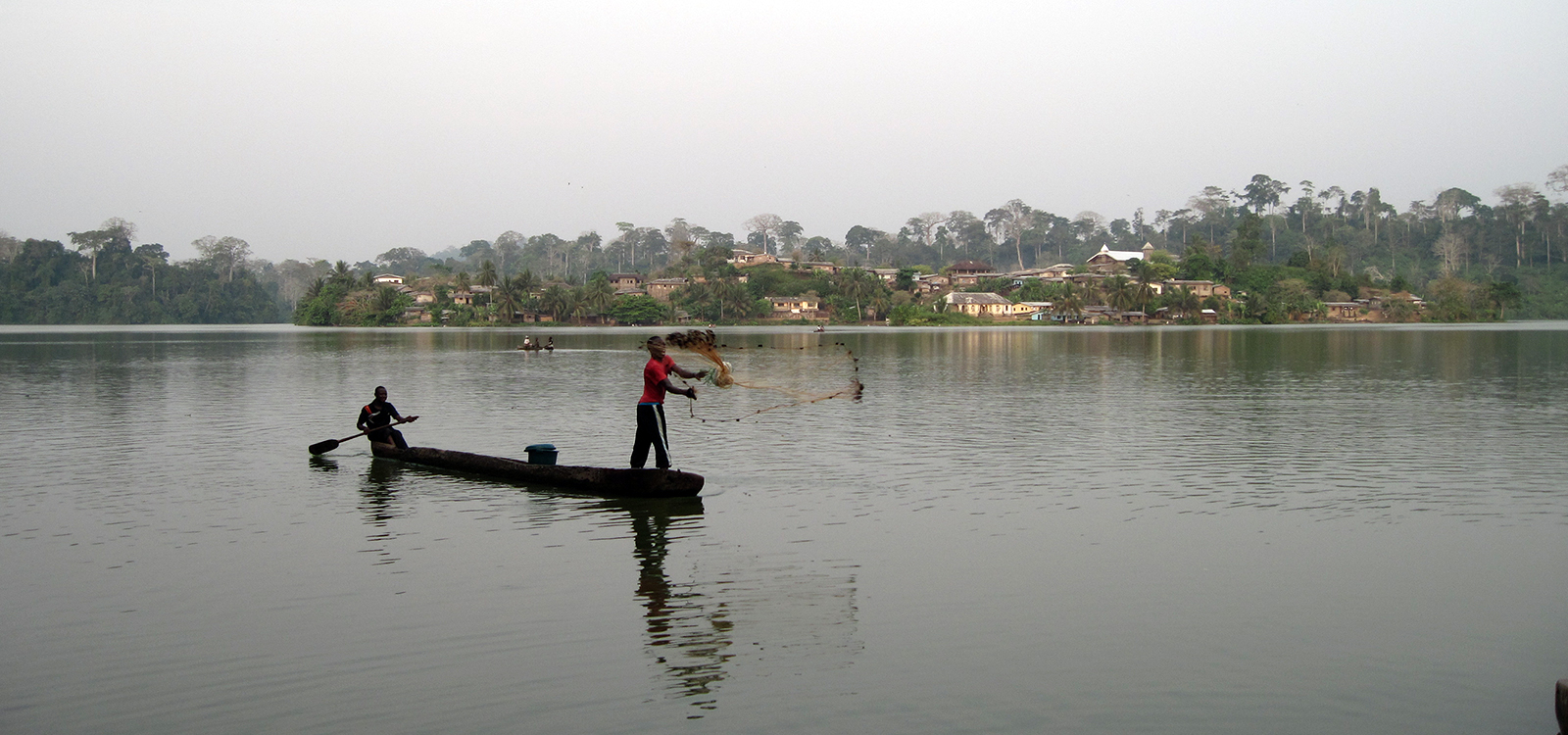 Sympatric speciation in volcanic crater lakesCast-netting for endemic cichlids in Lake Kotto, Cameroon
Sympatric speciation in volcanic crater lakesCast-netting for endemic cichlids in Lake Kotto, Cameroon Measuring the adaptive landscape"When biologists think about the evolution of life, they think about climbing mountains." -Carl Zimmer
Measuring the adaptive landscape"When biologists think about the evolution of life, they think about climbing mountains." -Carl Zimmer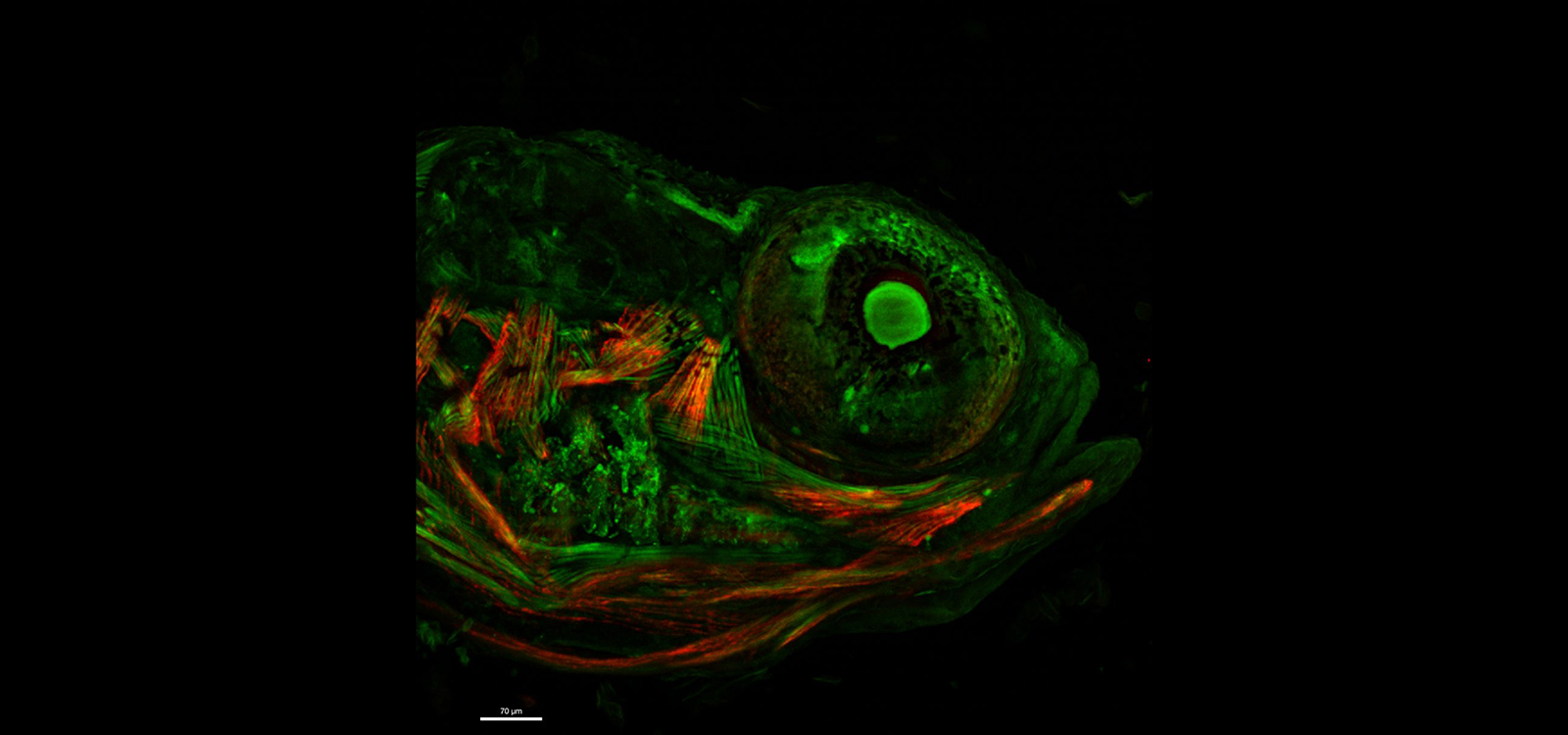 Developmental geneticsIdentifying novel craniofacial gene functions
Developmental geneticsIdentifying novel craniofacial gene functions

